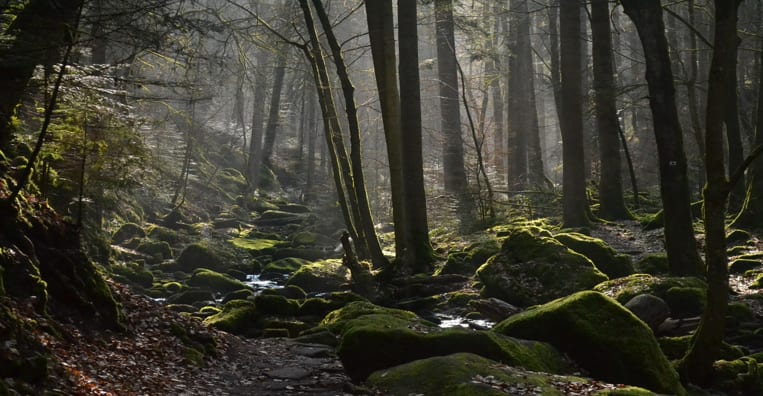

As its eyes and nostrils are situated on top of its head, it can inspect the surface of the water while remaining hidden. This species is easily distinguished from the American alligator by its pointed snout. Mature males can measure as much as 20 feet (6 meters) in length and weigh close to a ton! Their sheer size and carnivorous nature make them extremely dangerous in just about any environment. Its capacity to tolerate both saltwater and freshwater conditions has significantly influenced its expansion and dispersal as a species. One of the most widely distributed crocodilians, the American crocodile favors brackish waters and may often be found in mangrove swamps throughout its native range. With jaws that can bite through a turtle’s shell and crush bone, these alligators are best avoided and left to their own devices.Ģ) American crocodile ( Crocodylus acutus) American crocodiles can grow to be very large and are often found in brackish waters. Since the 1940s, a few attacks have resulted in fatalities. There’s no doubt that the largest of these apex predators are fully capable of killing humans as their bites can cause serious injuries and infections. Favorite food items include fish, amphibians, and mammals that are usually smaller than the alligators themselves. If they aren’t busy along the shoreline or swamp bottom, they may actively be in search of prey. In the wild, American alligators may be observed basking or constructing alligator holes, which keep them wet throughout the dry season. As it makes its way through dark waters, its broad set of overlapping jaws is kept largely hidden underneath the surface. mississippiensis can weigh as much as half a ton and measure up to around 16 feet (5 meters) in length! This formidable reptile, often colloquially referred to as ‘gator’, favors the marshy and swampy environments of Louisiana, Mississippi, and the Florida Everglades. Nonetheless, even the bravest people take caution in swamps and may even bring a weapon or two for self-defense. It certainly doesn’t help that film productions like ‘Anaconda’, ‘Black Water’, and ‘Primeval’ have exaggerated the sizes and ferocity of some commonplace freshwater creatures. It’s wholly understandable if a rare sighting of one sends shivers down your spine. There are records of humans disappearing in swamps and never being found again!ĭangerous swamp animals often take their victims by surprise.

Even navigating through swamps on a small boat isn’t for the faint of heart as some of these creatures are known for reaching threatening sizes.

There’s no way a simple wader can know what dangerous animals lie beneath the water’s surface. Much of the mystery revolving around them has to do with their concealed movements in shaded swamp waters. The apex predators of these food chains are frequent subjects of myth and lore and have earned a fearsome reputation due to their elusive and mysterious nature. As partially forested bodies of freshwater, swamps have fascinating ecosystems with food chains fueling the energy requirements of a greater area. These are often considered transition zones due to their ever-changing nature. Swamps are lowland areas that may permanently or intermittently collect water. 1.15 15) Mosquitoes (Aedes, Anopheles, and Culex spp.) Swamps are fascinating ecosystems that are often home to dangerous apex predators! Kristina D.C.


 0 kommentar(er)
0 kommentar(er)
